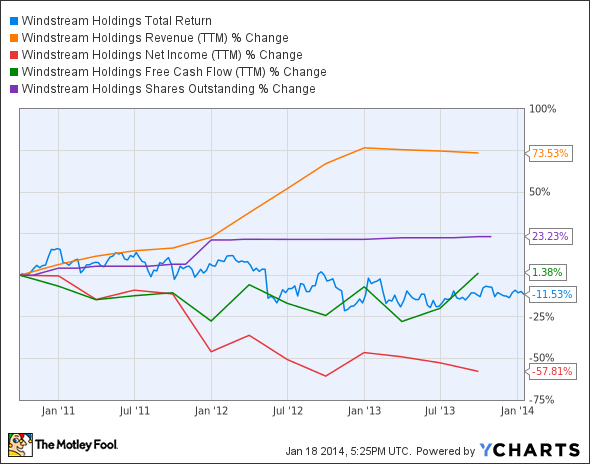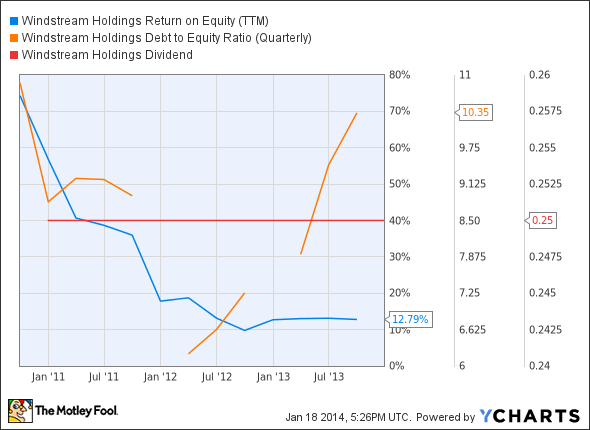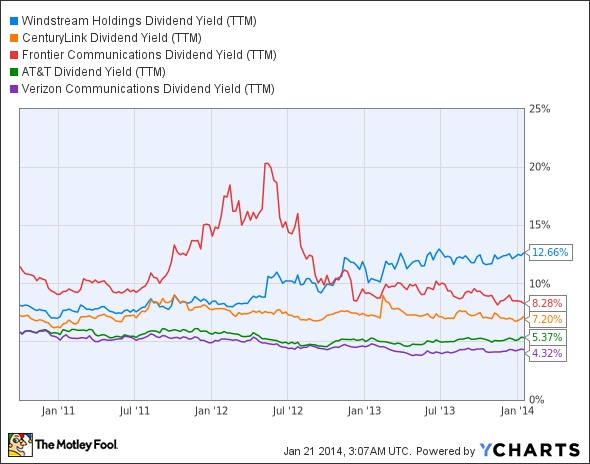Filed under: Investing
Although we don't believe in timing the market or panicking over market movements, we do like to keep an eye on big changes -- just in case they're material to our investing thesis.
What: Shares of Idera Pharmaceuticals , a clinical-stage biopharmaceutical company focused on developing DNA and RNA-based therapeutics for autoimmune diseases, advanced as much as 13% after announcing the publication of preclinical data with regard to treating psoriasis.
So what: According to Idera's press release, the publication, Suppression of Molecular Inflammatory Pathways by Toll-Like Receptor 7, 8, and 9 Antagonists in a Model of IL-23-Induced Skin Inflammation, noted in testing on mice that antagonists of TLR's 7 and 9 normalized expression of IL-17 induced genes, which are involved in the inflammatory pathway. Further analysis from this study showed all the TLR's (7, 8, and 9) "down-regulated the JAK-STAT, IL-23, IL-12, and IL-17 canonical pathways," resulting in a hypothesis that "IL-23-driven inflammation in mouse skin may be dependent on signaling mediated by TLR's 7, 8 and 9."
Now what: Without getting too scientific here, what the above data simply demonstrates is that inhibiting specific toll-like receptors in mice demonstrated efficacy that would suggest these TLR's could be a therapeutic target for the treatment of psoriasis. Idera is currently conducting a mid-stage trial involving IMO-8400, an antagonist of TLR's 7, 8, and 9 for the treatment of moderate-to-severe plague psoriasis, lending excitement that its study will deliver positive results. As for me, while I find this new treatment pathway exciting, I'd wait for the results from Idera's trial before even considering the thought of sending this wholly clinical-stage company's stock any higher.
Idera may be up big recently, but it'll likely have a hard time keeping up with this top stock!
There's a huge difference between a good stock and a stock that can make you rich. The Motley Fool's chief investment officer has selected his No. 1 stock for 2014, and it's one of those stocks that could make you rich. You can find out which stock it is in the special freer eport "The Motley Fool's Top Stock for 2014." Just click here to access the report and find out the name of this under-the-radar company.
The article Why Idera Pharmaceuticals, Inc. Shares Popped originally appeared on Fool.com.
Fool contributor Sean Williams has no material interest in any companies mentioned in this article. You can follow him on CAPS under the screen name TMFUltraLong , track every pick he makes under the screen name TrackUltraLong , and check him out on Twitter, where he goes by the handle @TMFUltraLong . Try any of our Foolish newsletter services free for 30 days . We Fools may not all hold the same opinions, but we all believe that considering a diverse range of insights makes us better investors. The Motley Fool has a disclosure policy .Copyright © 1995 - 2014 The Motley Fool, LLC. All rights reserved. The Motley Fool has a disclosure policy.
Read | Permalink | Email this | Linking Blogs | Comments

















